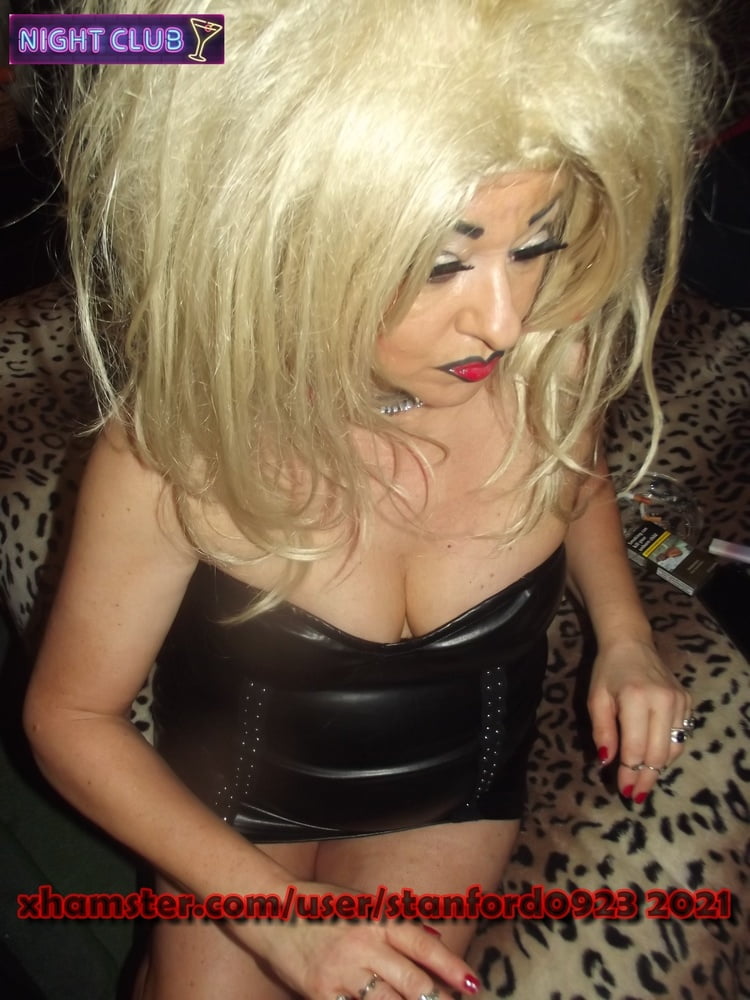Erotic Literature: A Legitimate Form of Art and Expression
Erotic literature, also known as erotica, has been a part of human culture for centuries, yet it remains a controversial and often misunderstood genre. At its core, erotic literature is a form of storytelling that explores human sexuality and desire in a written format. In this article, we will delve into the world of erotic literature, examining its history, cultural significance, and the reasons for its continued popularity.
To begin with, let’s define what we mean by erotic literature. At its most basic level, it is a type of writing that is intended to arouse or excite the reader sexually. However, this definition only scratches the surface of what erotic literature can be. At its best, it is a form of art that uses the power of words to explore the complexities of human desire, sexuality, and relationships.
The history of erotic literature can be traced back to ancient civilizations such as Greece and Rome. In these societies, erotic literature was often used as a form of entertainment, with tales of sexual exploits and conquests being shared among friends and acquaintances. However, it was also used as a means of exploring deeper philosophical questions about the nature of love, desire, and human connection.
One of the earliest and most famous examples of erotic literature is the Kama Sutra, an ancient Indian text that dates back to the 4th century. The Kama Sutra is not just a manual for sexual positions, but rather a guide to living a fulfilling and satisfying life. It covers topics such as the art of flirtation, the role of sexuality in a healthy relationship, and the importance of emotional connection in sexual encounters.
In more recent times, erotic literature has experienced a resurgence in popularity, thanks in part to the success of books such as “Fifty Shades of Grey” by E.L. James. This series of books, filme erotice 69 which explores the world of BDSM and power dynamics in relationships, has been criticized by some for its graphic depictions of sexual violence. However, it has also been praised by others for its frank and honest exploration of female desire and sexuality.
Despite its continued popularity, erotic literature remains a controversial genre. Some argue that it is nothing more than pornography in written form, and that it has no place in mainstream culture. Others argue that it is a legitimate form of art and expression, one that can help individuals explore their own sexuality and desires in a safe and consensual way.
So, why is erotic literature still relevant today? One reason is that it provides a safe and consensual way for individuals to explore their own sexuality and desires. Through the power of words, erotic literature can help individuals to better understand their own bodies, desires, and turn-ons, all without the need for explicit visual imagery.
Another reason is that erotic literature can help to break down societal taboos around sexuality. By exploring complex and often taboo topics in a safe and consensual way, erotic literature can help to challenge and subvert societal norms around sexuality and desire.
In conclusion, erotic literature is a complex and often misunderstood genre. At its best, it is a form of art that uses the power of words to explore the complexities of human desire, sexuality, and relationships. Whether you are a fan of the genre or not, there is no denying the impact that erotic literature has had on human culture and sexuality, and its continued relevance in today’s society.







